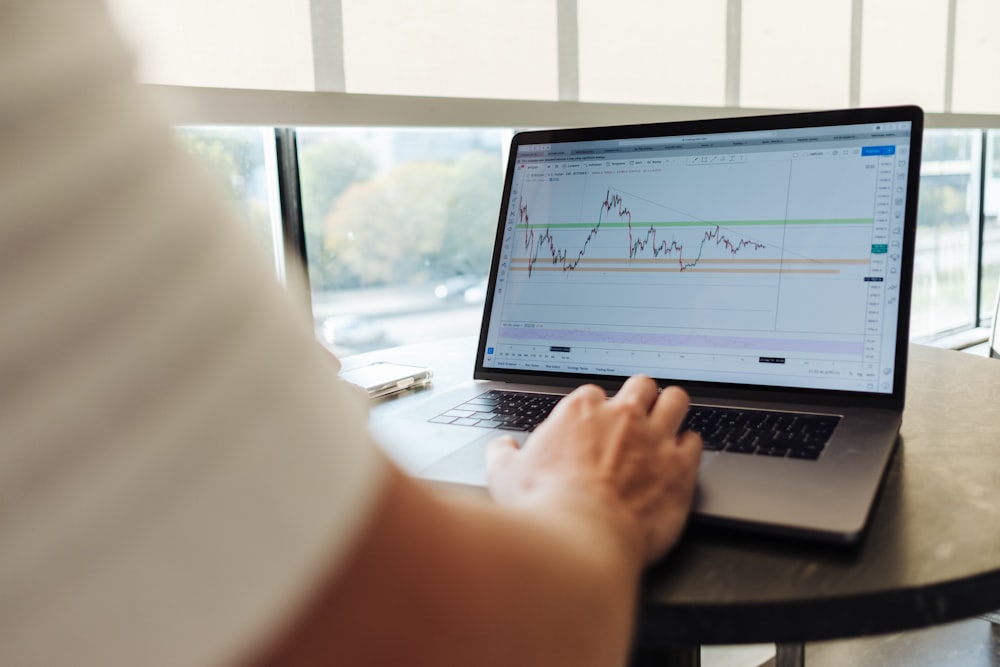

The USD two-year swap rate is at 4.5%, a level consistent with DXY at 104 as opposed to the current 102.5/103.0. We continue to see short-term upside potential for the dollar, even though today’s PPI and retail sales figures are key risk events. Sweden’s inflation figures released this morning are endorsing the Riksbank’s dovish turn.
USD: Still cheapUS treasuries have remained under pressure since the start of the week, particularly on the front-end of the curve, but the dollar is struggling to reconnect with these favourable yield dynamics. The USD two-year swap rate is trading around 4.5%, a level which is consistent with DXY at around 104 when looking at the last year. While JPY and CHF have come under some moderate pressure in the past couple of sessions, EUR/USD – which holds a heavy weight in DXY – continues to look stronger than what underlying rate dynamics warrant.In light of this, we think the dollar has room to recover in the coming days. At the same time, we must admit that markets have displayed an asymmetrically dovish reaction function to US data, and today’s releases – February retail sales, PPI and jobless claims – can all add pressure to the dollar should they print on the soft side. PPI will be watched very closely as investors seek confirmation that inflation is not as hot as the CPI report suggested. The consensus is 0.2% month-on-month for core PPI, but the whisper number is surely higher after CPI.Our call remains for a return of DXY above the 103.0 mark by the end of this week, with further short-term upside potential unless US data softens.Elsewhere, a former Bank of Japan official pointed to April as the more likely date for the end of negative rate policy in Japan. The country’s largest union federation, Rengo, will release annual wage growth results tomorrow, which could firmly shift expectations of a rate hike next week. Our economists’ call remains for a move in April.
EUR: No FX impact from ECB framework reviewThe outcome of the European Central Bank’s long-awaited operational framework review did not shake markets. As widely expected, introducing a demand-driven floor system while the deposit facility rate has been confirmed as the main policy rates You can find a few more details on this in our research colleagues’ review of the new framework.Indeed, FX implications are as limited as we expected them to bey, particularly in the near term. The euro is enjoying decent resilience despite short-term dynamics that would argue for some correction in the coming days. Our baseline view is a return below 1.0900 in EUR/USD by next week.The eurozone’s data calendar remains rather quiet, with the final February CPI figures for member countries not delivering any surprises. ECB commentary is what markets are mostly focusing on these days. Martins Kazaks and Francois Villeroy helped cement expectations for a rate cut in June by sounding rather optimistic on disinflation, with Villeroy adding that a move in June is more likely than in April. Markets agree with him; 22bp is priced in for the June meeting, but only 3bp for April.We’ll hear from another dove today, Fabio Panetta, who may echo his colleague Yannis Storunaras, who is dominating headlines this morning after stating that the ECB has to cut rates twice before the summer break.
GBP: EUR/GBP to stabilise ahead of key dataThe slew of UK data releases in the past few days have triggered a moderate dovish repricing in the Sonia curve, which is now pricing in around 70bp of Bank of England easing by year-end, around 12bp more than a week ago. Still, pricing for the next few meetings has not changed much, with August still seen as the most likely start of the easing cycle and the implied probability of a June cut having moved only slightly from 11bp to 13bp since last Thursday.Today is a quiet one in the UK. The MPC is in the quiet period ahead of next Thursday’s announcement, and the data calendar is empty. Tomorrow, we’ll see one of the two final data inputs ahead of the BoE’s meeting – the Bank’s Inflation Attitudes Survey. The final data piece is the February CPI figures, which are released one day before the BoE announcement.EUR/GBP is stabilising at around 0.8550, as per our expectations. We expect it to hover around these levels ahead of key data releases in the UK.
SEK: Encouraging inflation figures for the RiksbankSweden released some encouraging inflation numbers for February this morning. Headline CPIF inflation declined sharply from 3.3% to 2.5%, while the Riskbank’s favoured CPIF excluding energy decelerated from 4.4% to 3.5%. The numbers are below our expectations and the consensus and partly endorse the optimism shown by the Riksbank at its latest policy meeting when it signalled rate cuts later this year.Tomorrow’s inflation expectations data released by Prospera are also very important for the Riksbank. For now, the krona is trading modestly lower. We continue to prefer NOK over SEK as we prepare for a broad-based decline in the dollar and improved risk sentiment in FX. In our view, EUR/SEK can find support at 11.20 in the coming days.More By This Author:Asia Morning Bites For Thursday, March 14Rates Spark: Still Adjusting To Stickier Inflation Higher-Than-Expected Romanian Inflation Does Not Change Our Outlook For The Year















